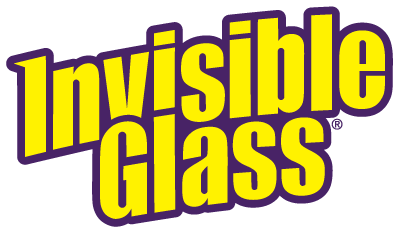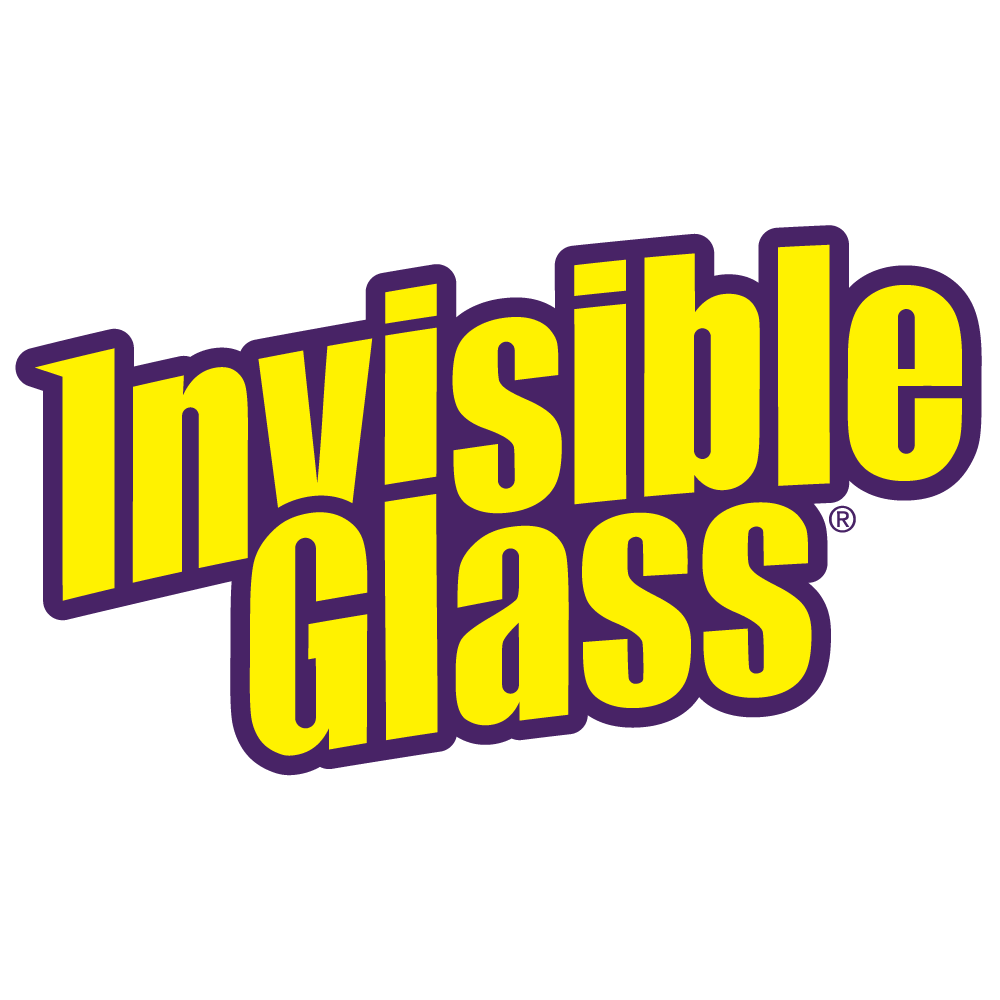
Warm-weather driving and driving at night can leave you with a splotchy, bug-covered windshield. But don’t worry! We’ll explain how to remove dead bugs from your windshield with a simple process.
To remove dead bugs from your windshield (or any other glass), soak the bugs with warm water or vinegar. Once they’re soft, apply glass cleaner and wipe your windshield gently with a microfiber cloth until clean.
Cleaning dead bugs off of your vehicle’s windshield may take a little longer than removing the usual dust and grime. This is because bugs have complex chemistry in their bodies, making them harder to clean. While dust and and grime are chemically inert, dead bugs will harden and stick to your glass, especially if they sit in the sun.
To counteract this, start by soaking your windshield with a glass cleaner, warm water, or vinegar. The dead bugs should be much easier to clean after soaking for several minutes. Use a microfiber cloth to wipe down your windshield; microfiber cloths don’t cause lint like rags or paper towels, and are also free from contaminants. Don’t rub hard, instead wipe away the loosened bugs with a gentle back and forth motion. If you don’t get all the bug guts off the first time, give your windshield another soak and repeat the process.
Is There a Faster Way to Get Rid of Dead Bugs?
If you want to get rid of bugs as quickly as possible, try a deep-cleaning glass stripper. Glass strippers are created with the safety of your glass in mind, so you can use them on all types of glass, from windshields to shower doors, without worrying about damaging your glass. If you’re not sure which product to use, give our specially formulated Glass Stripper a try. It’s highly rated and comes ready to use—applicator sponge included.
The important thing to note with all glass stripper products is that you should apply a rain-repellent coating after cleaning your vehicle’s windshield. This will maintain your wet-weather visibility, keeping you safer on the road.
Why Do New Cars Still Get Lots of Bug Splatters?
Dead bugs can cause quite a mess on your windshield. Newer cars are more aerodynamic and typically run into fewer bugs than older cars, but bug guts can still build up quickly. If you drive long distances, drive at night, or live somewhere with lots of insects, it can be difficult to avoid bugs
One option that can help mitigate the amount of cleanup required is to treat your windows with rain repellent. The hydrophobic coating is designed to help shed water, but it also prevents bugs from sticking to the glass. With the protective coating in place, you might find that your windshield wipers can keep your glass clean all by themselves.
Vinegar, Coca-Cola, WD-40… What Should You Use to Get Rid of Dead Bugs?
DIY cleaning is popular for many reasons. Lower cost, fewer bottles in your cleaning closet, and a sense of ownership are all commonly touted as motivation to Do It Yourself. That leads many people to ask: do I need speciality products for every cleaning project? The answer is definitely “No.” There are plenty of versatile cleaners, like vinegar, that can be used across multiple applications. All you need is a cleaner that’s the right strength for the task at hand. If it’s not strong enough, you’ll waste valuable time constantly repeating your cleaning routine. If it’s too strong, you can damage whatever you are cleaning.
Be sure to test your favorite DIY cleaner on a small area before you apply it to the entire surface you are cleaning. Spot testing helps you avoid any unpleasant surprises. However, there are some cleaners that we can confidently tell you to avoid, especially when it comes to cleaning your windshield. Here are three to avoid and one popular option that deserves its place in your cleaning closet.
WD-40
The first cleaner that should never touch your glass is the ever-popular WD-40. Often considered a lubricant, WD-40 is actually a cleaning product that helps remove old grease and oil from metal joints. While the solvents in WD-40 do have the potential to remove certain contaminants, WD-40 is not designed as a glass cleaner. The product doesn’t evaporate fully and will leave a sticky film on your glass, which you will then need to clean using a second cleaning product. Avoid double-cleaning your windshield by skipping WD-40.
Coke
Coca-Cola is another peculiar cleaning recommendation that you’ll do better to stay away from. This popular soda (and several others) contains carbonic acid, which can help to remove certain types of grime. However, the immense amount of sugar in soda stays behind as a sticky residue. The other issue with Coke is that it can easily damage your automobile's paint. Avoid ruining your paint job and leaving sticky gunk on your windshield—skip the Coke when it comes to cleaning.
Dish Soap
The final option to avoid is dish soap. Dish soap isn’t especially bad for your windshield (thought it will almost certainly leave soapy streaks), but it can cause severe damage to your vehicle’s paint. Dish soap contains strong cleaning chemicals that are meant to remove food from plates and bowls; unfortunately this also means that it can remove the all-important clear coat on your paint as well. Since it’s hard to contain a cleaning product to just your windshield, stay away from the potent cleaning agents in dish soap.
A DIY Option that Works
There is a DIY option that works well without bad side effects. Amateur and professional cleaners alike often recommend vinegar, and with good reason. It is perfectly safe to use on your glass and works well as an all-purpose cleaner. Nothing will beat a specially formulated cleaning product, but if you need to clean your windows and don’t have anything else handy, vinegar is a safe, natural and low-cost option. To use vinegar, dilute it in a 1:1 ratio with water, apply it and let the bug guts soak, then wipe off with a microfiber cloth.
Can Automatic Car Washes Clean Dead Bugs Off Your Vehicle?
Everyone loves a good car wash. The water jets, swirling brushes, and colorful foaming soap make it easy to reminisce about your first car, or even childhood trips to get the family vehicle cleaned up. This begs the question: will a car wash get rid of all the nasty bug splatter on my vehicle?
Sadly, the answer is almost always no. Bug splatter is usually too hard and dry to be removed in the minute or two that a car wash spends cleaning your vehicle. If you inspect your windshield closely after going through a car wash, it’s likely that you will still find insect remains on your windshield. A much better option is to spot clean the bugs as described above. Soaking them for significantly longer will dramatically improve your results. Car washes are convenient, but not nearly as effective as a localized cleaning. They also damage your paint over time; whenever possible, hand-washing and spot cleaning are the best options.
You Deserve a Bug-Free Windshield
Bugs are almost everywhere. It’s inevitable that you’ll encounter them when you drive, but that doesn’t mean that you have to endure a dirty windshield. All you need to know is how to clean them and which cleaning advice you are better off ignoring. As long as you stick with the less exotic cleaners, like vinegar and auto-cleaning products, you shouldn’t have any issues. Take a little bit of time to let your cleaner soak in, then, when the bug guts are soft enough, wipe them away. This process is so easy that you can repeat it on a daily basis if necessary—that can come in handy if you find yourself driving through lots of bugs.



